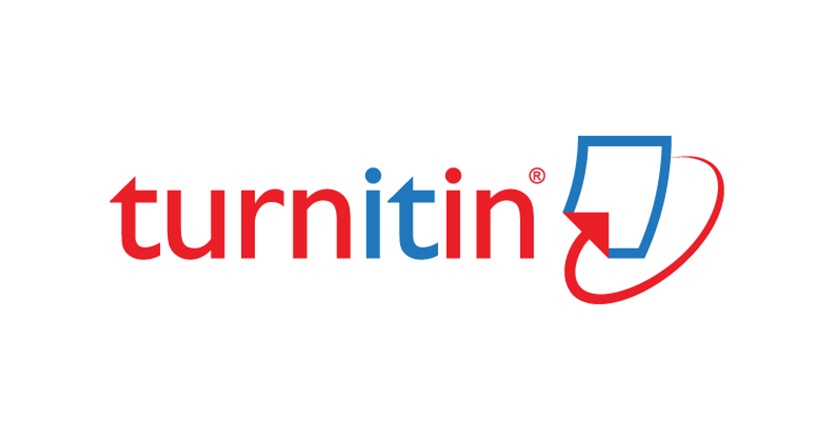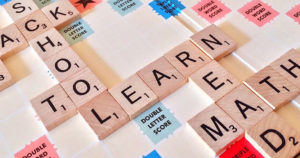My Plagiarism Report Says I’ve Copied 40% of my Report. Help!
This is, in essence, the paraphrased version of the vast number of such requests for help that I receive with regard to plagiarism checkers: “My plagiarism report says I have copied [a lot] of other sources, but I haven’t! Please help!”.
First off, don’t panic. The vast majority of such reports that I see do not, in fact, say this. Rather, you need to remain calm and take a more objective look at what the report is actually telling you.
Interpreting a Plagiarism Report
False Positives
I will use Turnitin as my example of a plagiarism checker program as the majority of universities have a licence for this particular plagiarism checker. The most similar part of your report to that of other references is almost always in the first two to three sources in the report. The remainder are almost always false positives, or at least things that don’t really matter, such as author names and institution addresses, references, acknowledgements, stock phrases, subject-specific terminology, idiom, metaphor, and the like. These are all things that you cannot change, and frequently constitute the majority of any so-called plagiarism.
There are an excellent set of notes written by the University of Salford about how to deal with, and indeed remove, false positive results from your Turnitin submission in order to to obtain a more realistic similarity report. I strongly recommend reading the relevant sections.
Sections with a Lot of Similarity to Sources
Whilst the unavoidable issues above can account for a good proportion of the apparent similarities, what about those two or three sources where it does appear you’ve copied, or essentially copied, whole swathes of text? In the vast majority of cases, this is usually limited to a few paragraphs in your document, and what has happened is that you’ve read the source some time previously, liked a particular turn of phrase used therein, and unconsciously started using it yourself when you later come to write on the subject.
So, OK, you might well have to alter such blocks of text. However, as these are generally just a few paragraphs in even quite long documents, this is not anywhere near as much effort as you might think.
Can Chasing Rays Rephrase Similar Paragraphs for Me?
In a word, no – this actually would constitute plagiarism (at least for student reports or anything contributing to the award of a degree). The most I can do is advise as to possible alternative phrasing, but the work here has to be your own.
Can Chasing Rays Do Plagiarism Reports for Me?
I do not have access to plagiarism report tools as, ultimately, the responsibility for ensuring the integrity of your work is yours alone. This said, the vast majority of academic institutions – that is, those most interested in plagiarism – have a Turnitin or Grammarly licence. Contact your IT Department for more information on available licences.
Does Self-Plagiarism Count?
This really depends. For papers, I would suggest that it’s not possible to plagiarise your own work; indeed, it’s not unusual to find similar sections in a series of papers by the same author. This said, some small effort to alter such sections would be warranted. For work towards a degree award, I would suggest avoiding repeating any work unless it was specifically you who did the original. Even then, some discretion is worth exercising here, and again you should rewrite to some extent whenever possible.
Summary
It’s not at all unusual to find up to 25% of your work to be reported as plagiarism, even when this is clearly not the case; proportions of even up to around 35% are not unusual. I would suggest that you should really only start to be concerned if more than around one-third of your work is reported as being plagiarised by one of the above programs.
Check your work and use common sense. If there are no long sections highlighted as being plagiarised, and many of the kind of false positives mentioned above are highlighted, this is not plagiarism. Never just accept the figure Turnitin gives you without questioning it.
If you’re still concerned, I’m always happy to advise on plagiarism reports. If you want advice, please contact me to let me know your concerns, attaching both the document in question and the plagiarism report.




